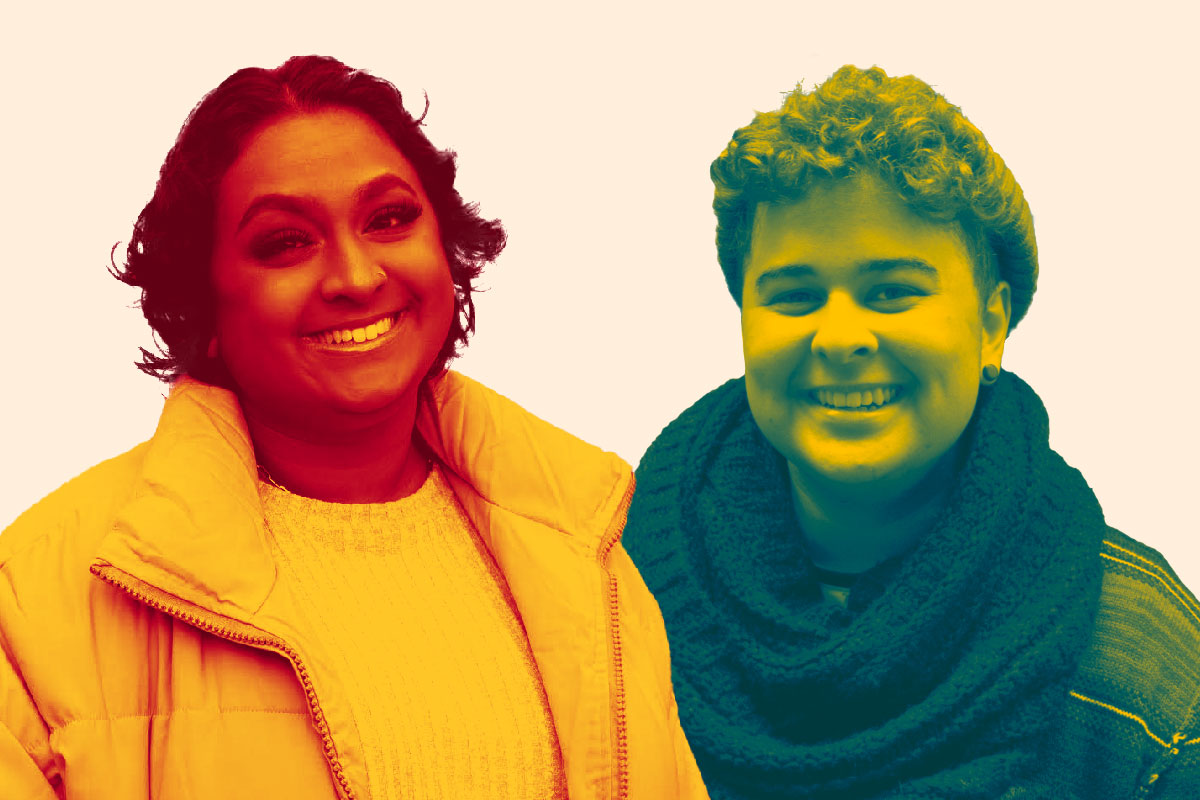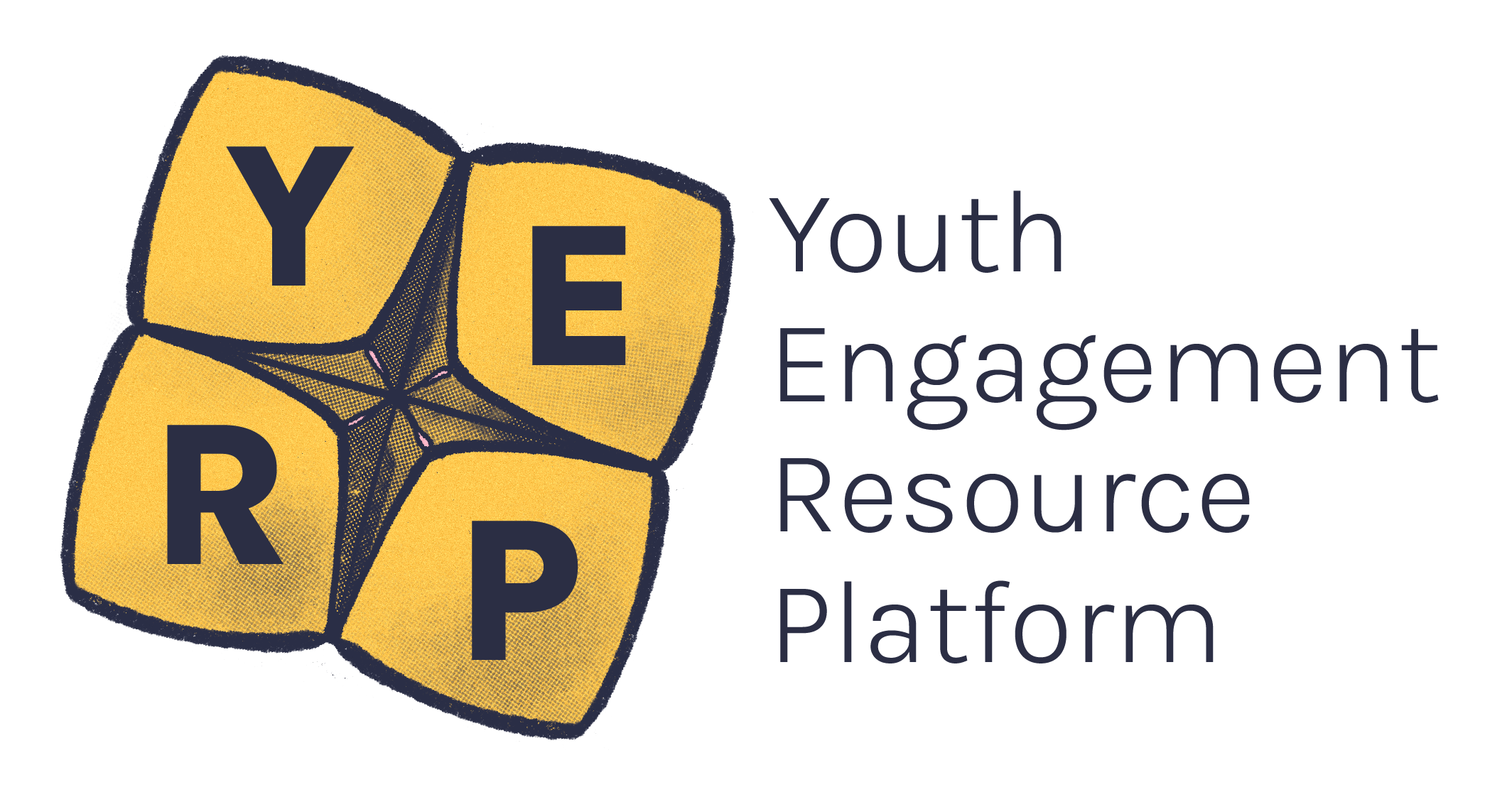The pandemic has transformed work as we knew it and caused a lot of young people to reflect on what they’re looking for and will accept in a workplace. We asked two young people Mac (he/him) and Ashvina (she/her) what their ideal job application and hire process looks like, and what they want to see from employers in the hiring process.
1. Make the application process more accessible and inclusive
Participating in the job application process is a unique skill in itself. Many job advertisements now will state that they encourage diverse applicants but will stop short of diverse recruitment pathways.
Mac is a disabled young person with strong skills in leadership, advocacy and public speaking. He has worked with a range of organisations from presentations to advisory work. Mac says that if a workplace genuinely sees the value that disabled young people add, they will show this in their application process.
“If an organisation wants to hire more disabled people, but their resume process doesn’t show anything different from the mainstream way, I’m like, do you really want disabled people to work because you value them? Or is this just performative and you want to look inclusive?
“Whereas if they have like, ‘if you’ve any questions, call this number,’ or, ‘if you’d like to hand in your resume in a different form, you’re more than welcome to.’ I’m like, okay, so you’ve actually thought about this, which means they genuinely want you to work there for actual good reasons.”
2. Ask people what they need to communicate
Ashvina is a young person who works as a disability support coordinator and runs the non-profit COOK4CALD. Because COOK4CALD is a youth-led volunteer organisation, Ashvina is conscious of young people’s other commitments, and of creating a space for young people to genuinely develop their skills and work experience. She’s also keen to demonstrate to young people what an accessible recruitment process and inclusive workplace can look like, as this is empowering knowledge to take into the workforce.
As the saying goes, communication is a two-way street, so recruiters shouldn’t expect people to do everything on their terms. That’s why COOK4CALD gives prospective volunteers a straightforward application process that gives them the chance to say how they want to communicate.
“I’ve made [the application process] as convenient as possible. Even when we promote that we want volunteers, I put it on Instagram so that they can just DM us and then we’ll walk them through it. And I’ve also allocated a Volunteer Coordinator, Zarita. Her entire job is to be able to help.
“The process is that you send in that form, and then we send you an email of what we need, which is generally the Police Check and the Food Handling Safety as well as a contract, outlining the health and safety standards and the time commitments. We do an interview, like a phone call or a Zoom, whatever they prefer.
“The way we contact is we ask, what’s your preferred method of contact, and whether that is phone or email that’s completely up to them. I found that’s a pretty good way accessibility-wise; we really just ask, is there any way that we can be more inclusive towards any of your needs, no matter who it is. I see this as, ‘you’re here because you want to be here.’ And I’ll do whatever I can to make sure that you're comfortable here and you feel safe here.”
3. Try a trial! (Or a different kind of application process)
Mac would like to see employers ask themselves if what they’re asking prospective employees to do in a job application is truly relevant to the job itself. For example, instead of a written application, could you accept referrals, videos, audio recordings, brief trials, or something else?
“In general, future employers need to be more adaptable with how they accept information. Simple things such as saying, ‘have this resume in this format with this information,’ might not be the best way to fully understand the person you’re having. So making it clear that, ‘hey, we have a phone call; you can do a video clip,’ and answering those same questions.
“I found lots of people just appreciate having a trial, so they have a couple of hours at work, they show them physically what they can do, and how they can help. And they get graded on that, not their ability to talk or their ability to write well; rather, how they can actually do the job. Which makes perfect sense! Because if you're trying to get someone for a certain job, it makes sense to see how well they can do the job, not how well they can write, or how well they can talk.”
As a public speaker and advocate, Mac shares how this approach has been relevant in his own work. “For me putting out job applications is so nerve-racking. Like doing a resume - I am not very good at expressing myself and my thoughts through writing. I am much more of a talker. So handing in a piece of paper and expecting them to look at that, and know whether I’m a good candidate for the job doesn’t work for me, that does not give you a good picture of who I am.
“And as a lot of the work I want to do is around my ability to talk, it doesn’t make sense for me to hand in a piece of paper! It makes more sense to have a conversation so they can really understand me and see if I’m good for the job.
“My ideal way of getting job opportunities is like when someone else is like, “hey, Mac is awesome, you should check out them for this.” It reduces my anxiety and stress so much and also makes you feel great that someone else has recognised it.”
4. Follow through on accessibility and create safe spaces
Young people’s diverse lived experiences can offer unique insights, ideas and solutions. But their ability to bring that to meaningful work doesn’t just happen when they’re included for the sake of it – that’s tokenistic. It takes a real, personalised and ongoing commitment, as Ashvina shares.
“Accessibility-wise, it’s all just been making sure that everyone’s comfortable and has everything they need to do the tasks that they’re required of. But it even stems to people who have dietary requirements, or prefer to not cut up meat for instance, for religious reasons. I’m not going to make you do that!
“I couldn’t run something if it wasn’t a safe space. All marginalised communities, I want them to feel welcome. I don’t like to emphasise on things that could be considered to make someone feel different.
“It’s the hard thing I find with diversity in general; to be diverse you’ve got to acknowledge everyone and everything. But making that a ‘thing’ can come across as performative, rather than actually handling the matter. Nothing should make you feel like you’re the ‘token diverse’ person in the room. Instead it should just be, ‘this will make you more comfortable? Sure, I'll handle it. I’ll do it in private, or however you want me to’.”
5. Next steps
For more information about making your hiring process or workplace more accessible for disabled young people, check out the Youth Disability Advocacy Service’s ‘Together’ resource and training offerings. It is appropriate for anyone who works with, or would like to work with, disabled young people.
You can also see our resources dedicated to working with diverse young people.
This story is part of our Learning from COVID-19 series, featuring the creativity and adaptions of young people and youth workers. Check out our other stories or share your feedback.




